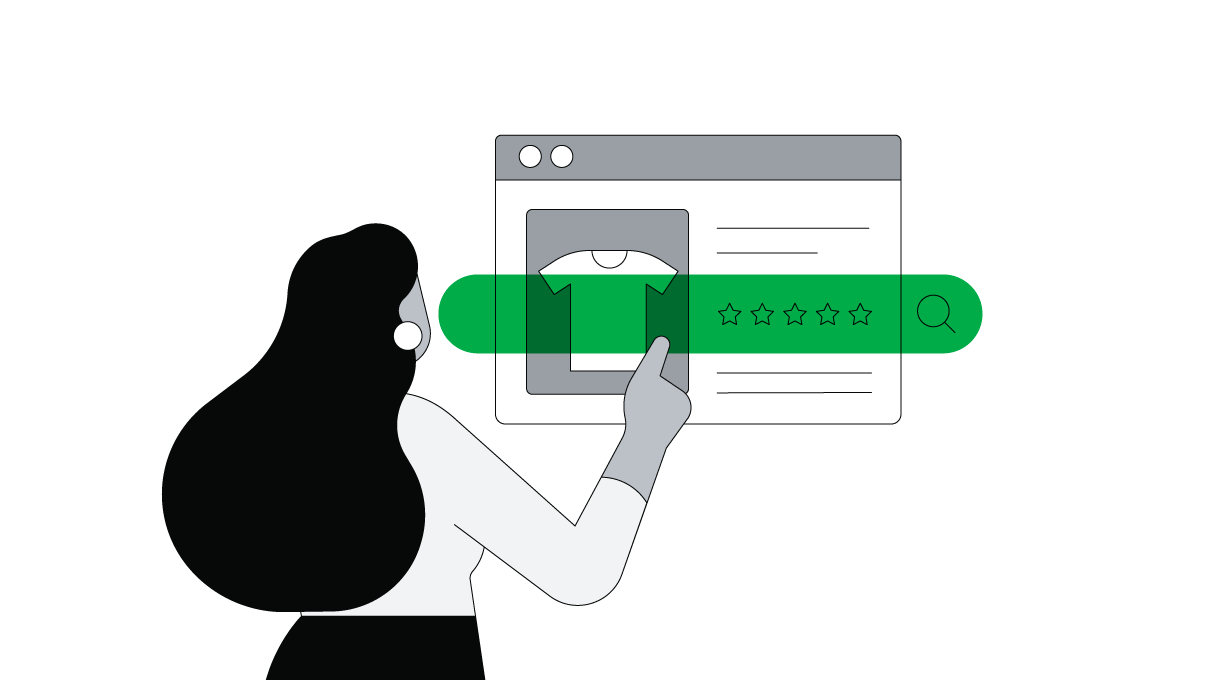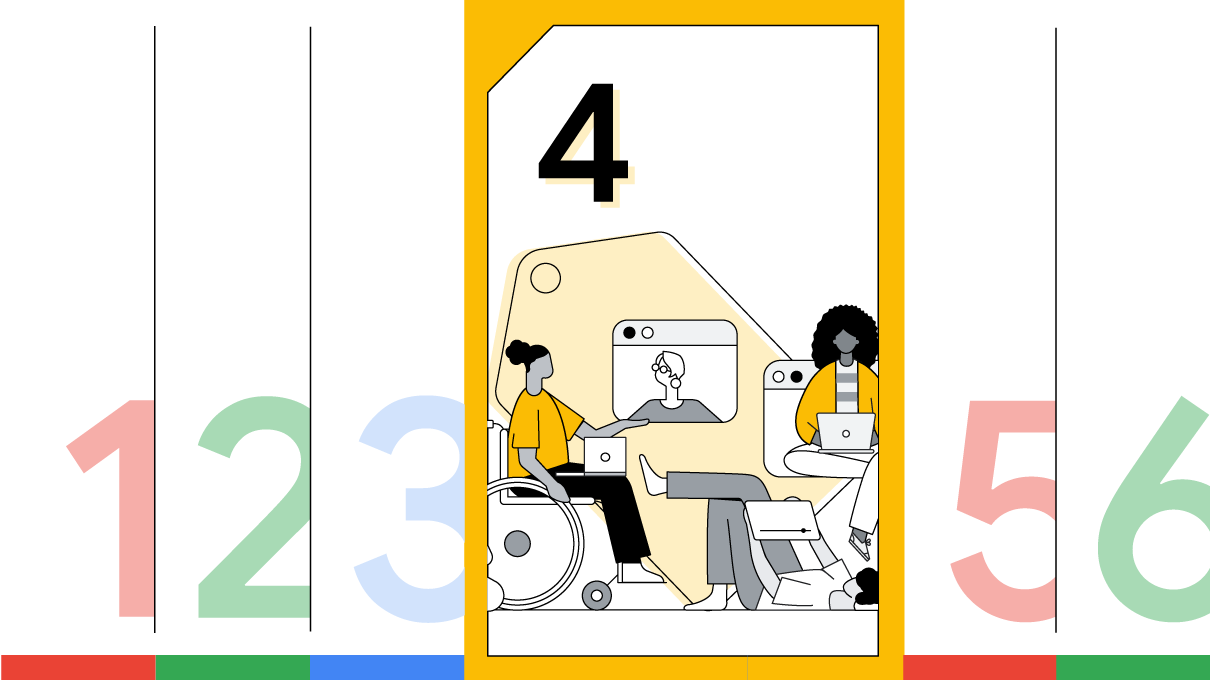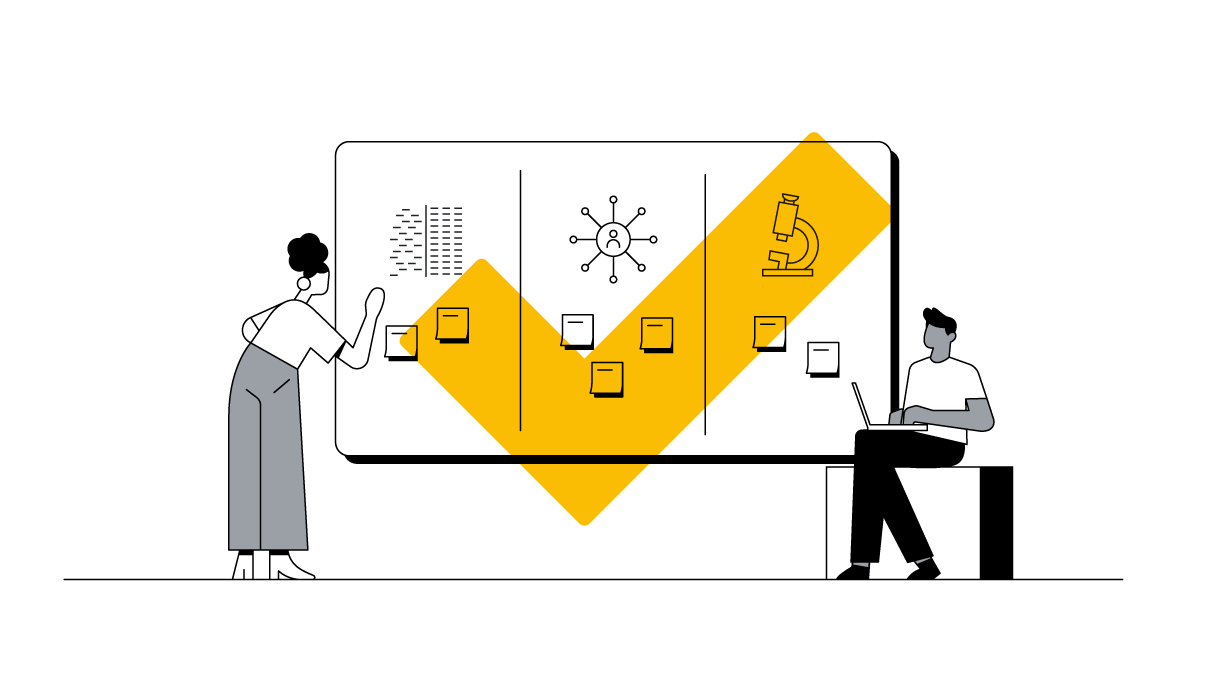Fab Dolan, Google Canada’s Director of Marketing, shares how his team is thinking about forecasting during times of uncertainty.
Forecasting consumer behaviour can be difficult even in the best of times, as predicting future trends is equal parts art and science. We get a pulse check on our customers by analyzing search trends, web analytics, and consumer surveys — yet during this crisis, we are tasked with planning for a future state that’s hard to predict.
Our marketing team is currently anticipating a range of scenarios, and we’re sharing our approach in case it’s helpful for yours. We’re in this together.
Make time for multidisciplinary thinking
No single person has been able to predict exactly how this crisis will unfold. So, setting aside the massive health challenges, how does one go about forecasting downstream consumer outcomes?
Our team is trying to do this through an aggregation of ideas. Our goal is to consolidate everything we can learn from experts and data sources, ranging from health care professionals to economists, search engine marketers and e-commerce sales analysts. We’ve made a point to broaden our viewpoint from pure marketing literature.
As we turn some of our attention to forecasting and planning, our number one focus is to stay agile given the high degree of uncertainty.
Build agile plans and budgets
Like many marketers, our initial approach to the current crisis was to focus on doing what’s right for the community. That included helping public health agencies, small businesses, and educators.
Now, as we turn some of our attention to forecasting and planning, our number one focus is to stay agile given the high degree of uncertainty. If our aggregation of ideas has taught us anything, it’s that there will be multiple phases to this crisis and the recovery.
Keep teams and budgets flexible, too. This could mean shifting priorities and responsibilities. We’re planning for flexible media mix models and putting more emphasis on digital, so we can react to consumer shifts in real-time, and change creative on the fly.
Differentiate what is temporary from ‘the new normal’
Our team is fundamentally trying to answer one question: What will the ”new normal” look like? Instead of focusing on when normalcy will return, we’re asking ourselves questions about consumers. What will they watch? What products will they find helpful? What insights will drive their purchases?
Trying to answer these questions requires looking at early analytics and trends across markets. It also means trusting our intuition and assessing whether trends are temporary, or an accelerated trend that could become permanent.
Our team is staying focused on what matters now and what we think will matter over the long-term.
Online shopping is one example; more Canadians turned to e-commerce, driven by physical distancing and store closures. In April, 1 in 3 Canadians reported ordering groceries online for in-store or curbside pickup within the past week.1 When physical distancing regulations are lifted, will they forget how easy it was to order groceries online? Once a small business owner makes their first overseas sale after setting up a Shopify storefront, will they want to return to being an offline-only retailer?
Canada’s “new normal” in e-commerce will push us to catch up to the rest of the world. The seemingly-overnight explosion of online shopping appears dramatic, but not compared to long-term trajectories. In Canada, research shows COVID-19 doubled online sales within two weeks.2 While this shift seems dramatic, it’s still trailing far behind other markets. In 2019, e-commerce represented just 10% of Canada’s total retail sales,3 vs UK (22%)4 and China (37%).5
Undoubtedly, e-commerce trends will play out differently across categories. While many people have been introduced to food delivery, it won’t replace the social experience of going out to a restaurant. Marketers must consider what shifts in behaviour could be temporary vs. permanent, and how to plan ahead.
Focus on what matters most
This means not chasing down every data point. Our team is staying focused on what matters now and what we think will matter over the long-term.
Exploring every scenario comes at an organizational cost, and if the resulting action (bet bigger on e-commerce and stay agile with digital media) is the same, the exact percentage increase is inconsequential.
As digital marketers, we pride ourselves on having shifted our profession from pure artistry to a science, but the reality is, no one has a model for what is happening, nor what’s coming next. At best, we can look at the early data, listen to experts, trust our intuition, and stay agile so we can react.







